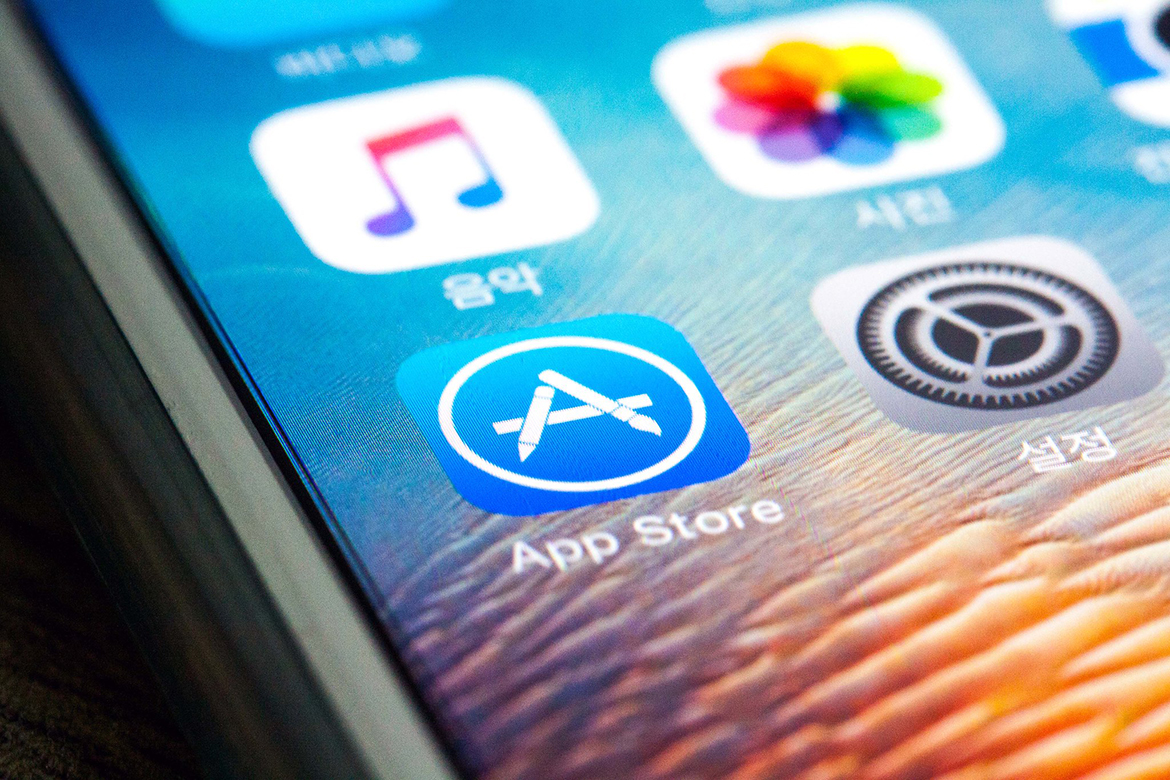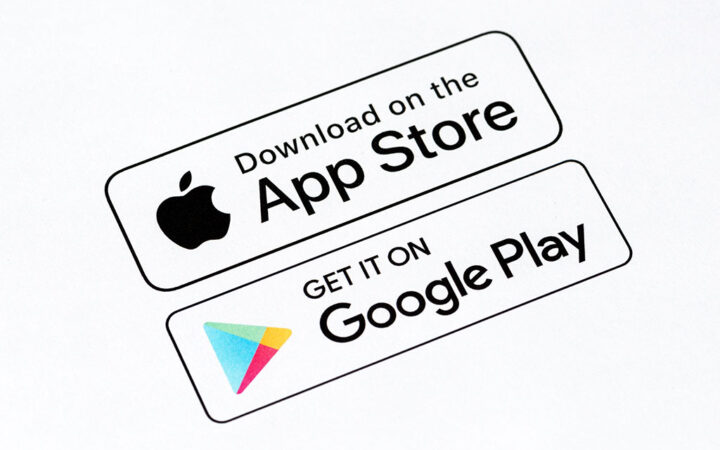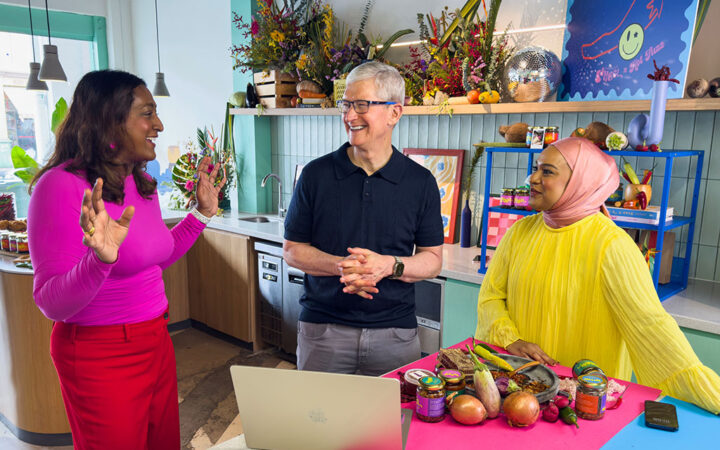
Christopher Haruna Hamman is a Freelance content developer, Crypto-Enthusiast and tech-savvy individual. He is also a Superstar Content Developer, Strategy Demigod, and Standup Guy.
2019 was a quite exciting year for app stores. 204 billion times users pressed the Download button and spent around $120 billion on subscriptions and apps.

App stores have broken records. Users set a record of 204 billion downloads in 2019. This is up 6% from 2018 and 45% from 2016. $120 billion was spent on subscriptions “in-app” by users. The average user is spending about 3.7 hours daily using apps. App Annie’s State of the Mobile report has indicated this recently. The report demonstrates mobile app usage trends and also forecasts future data.
According to the report, emerging economies led to this growth. India, Brazil, and Indonesia are leading this growth trend with rates of 190%, 40%, and 70% respectively. App usage in the United States has receded to 5%. China’s mobile app usage is up by 80% in terms of growth.
Mature markets are still downloading apps. It’s the growth that has fallen sharply. In terms of installation, mature markets lead the way. The United States leads with 12.3 billion downloads. The Japanese have had 2.5 billion downloads. The South Koreans have 2 billion. App Annies’ research rule out re-installs and app updates.
Consumer spending on app stores is growing. $120 billion was spent in 2019 alone. This is a 2.1% increase from the 2016 levels. Games still lead the pack with 72%. A new trend is forming towards subscriptions a well. 28% of consumer spending were for subscriptions alone, up from 18% in 2016.
It appears that subscription apps are the number one method of generating cash for non-gaming apps. 97% of Apple‘s iOS Apps generated revenue from subscriptions (the first 250) from consumer spending. 94% of the Apps in the store had subscriptions. Google‘s Playstore also had 91% of the apps being subscription-based ( using consumer spending). The top 250 had integrated subscriptions as well.
Dating and video apps topped the charts in terms of consumer spending. This was driven by subscriptions. In terms of countries, China had the biggest share of the market for consumer spending (about 40%).
An increase in the Mobile-Internet of Things (IoT) is on the rise. Smart home devices were a part of this pattern as well. The top 20 IoT apps saw 106 million downloads last year. Generation Z has had the highest amount of mobile engagement. They had an engagement of about 3.8 hours per month on average. This came from the top 25 non-gaming apps. Spending on mobile apps is expected to increase from $190 billion to $240 billion in 2020.
Ad spending plus consumer spending is expected to reach $380 billion as forecasted by App Annie. Games are going to be big given their attraction. Mobile gaming was 2.4 times higher than PC/Mac gaming. It was also 2.9 times higher than in regular gaming devices.
The mobile markets seem to be taking over traditional markets. The contribution of the mobile industry to the global GDP will reach about $4.8 trillion according to App Annie.
This presents a unique opportunity for those willing to take the bull by the horn. Generation Z seems to be focused on the use of mobile devices for just about everything. Anyone who sees this opportunity and uses it will make a massive profit. Mobile devices will definitely rule the next decade.
Disclaimer: Coinspeaker is committed to providing unbiased and transparent reporting. This article aims to deliver accurate and timely information but should not be taken as financial or investment advice. Since market conditions can change rapidly, we encourage you to verify information on your own and consult with a professional before making any decisions based on this content.

Christopher Haruna Hamman is a Freelance content developer, Crypto-Enthusiast and tech-savvy individual. He is also a Superstar Content Developer, Strategy Demigod, and Standup Guy.




